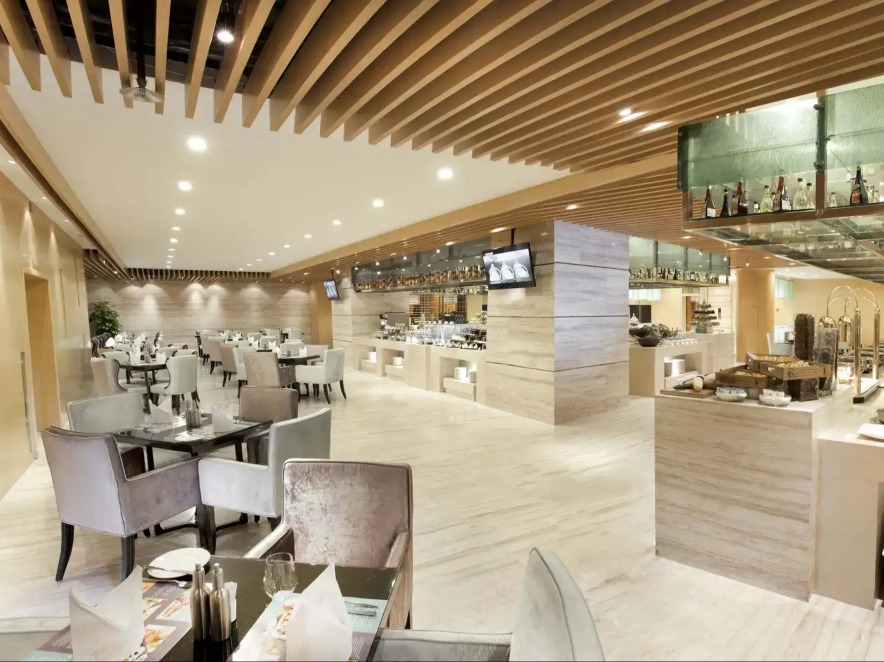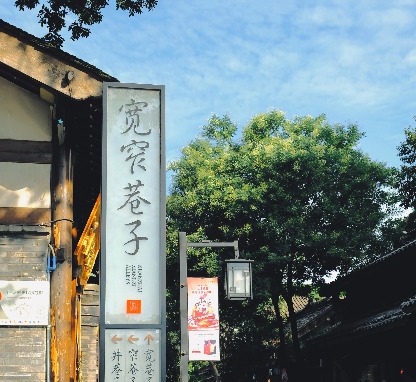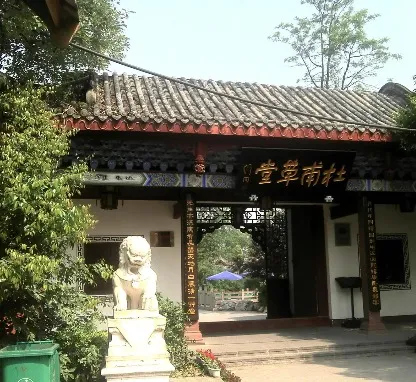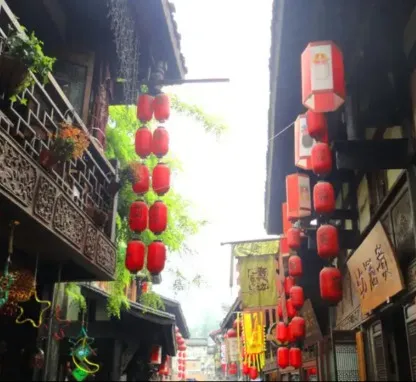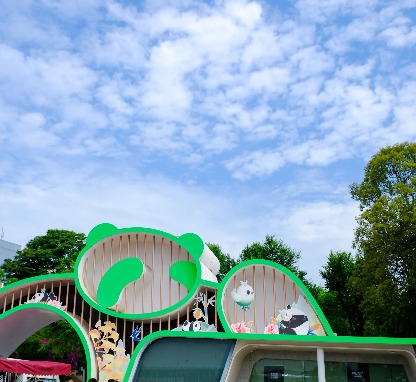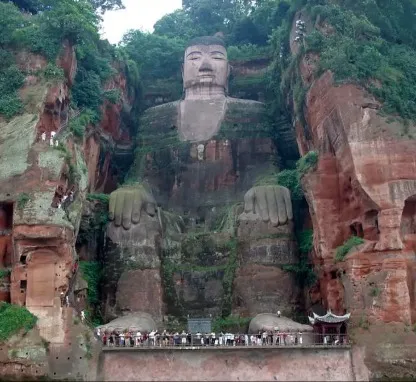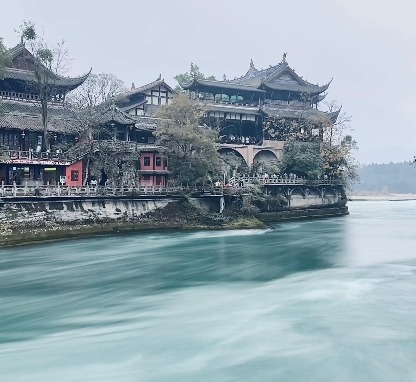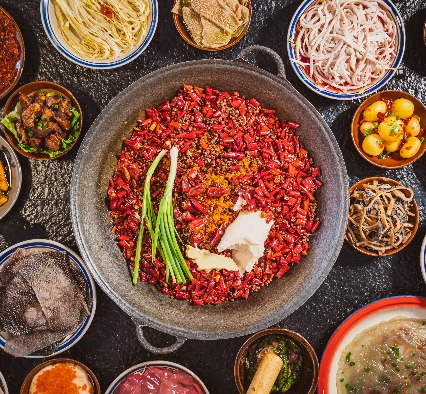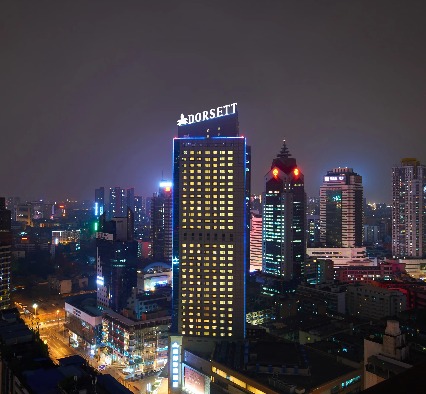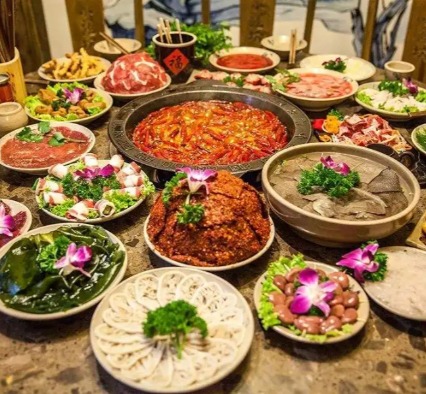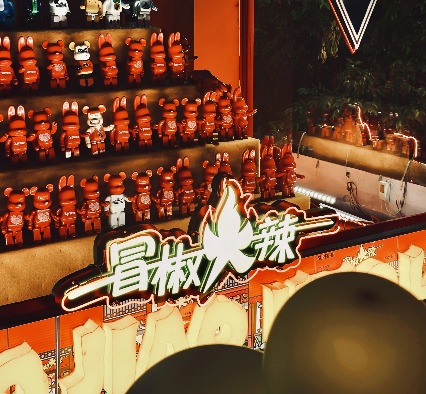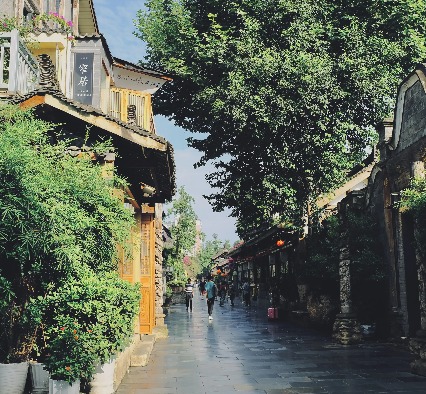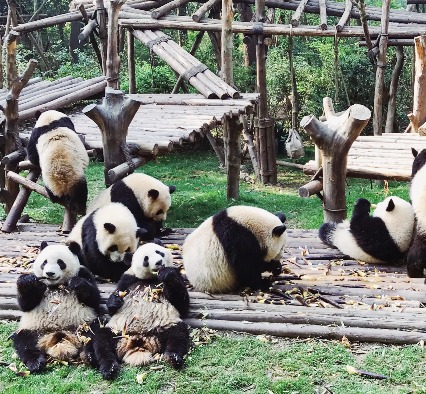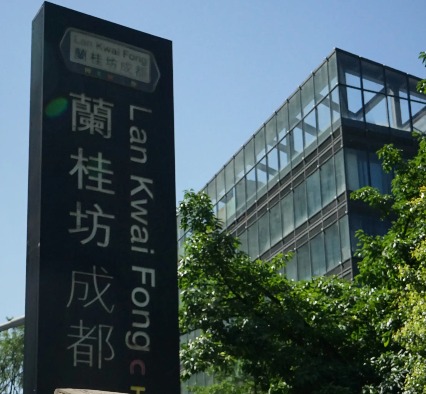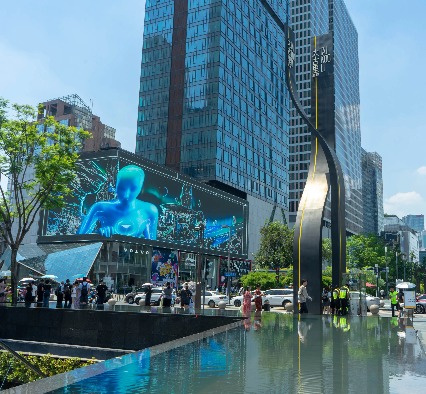Tour
With a history of over 2,400 years, Chengdu is the hometown of China’s national treasure, the Giant Pandas, as well as a place rich in cultural legacy and historical sites. Chengdu local cuisine is also world renowned for its delicious spiciness.
Chengdu attractions are many and varied. Unwind in a neighbourhood teahouse, savour the authentic spicy food, enjoy wonderful Sichuan Opera performance, or visit religious and archaeological sites. Whatever one’s interest, there is always plenty to do in Chengdu.
Chengdu attractions are many and varied. Unwind in a neighbourhood teahouse, savour the authentic spicy food, enjoy wonderful Sichuan Opera performance, or visit religious and archaeological sites. Whatever one’s interest, there is always plenty to do in Chengdu.
-
Kuanzhai (Wide and Narrow) Alley
-
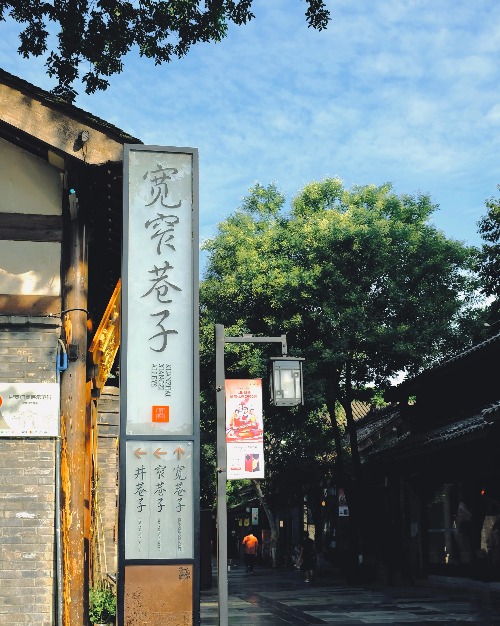
-
It is one of Chengdu’s historical and cultural reserves and consists of Wide Alley, Narrow Alley, Jing (“well”) Alley.
In the alleys, visitors can experience the leisurely and comfortable life of Chengdu, taste the characteristic local snacks and cuisines, traditional teahouses, distinctive inns, and relaxing spas.
Take Metro Line 4 to Kuanzhai Alley Station Exit B
(Metro Line 1 is near to the hotel). -
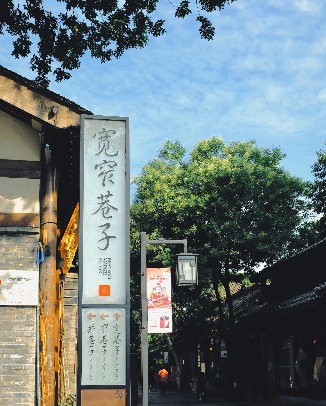
-
-
Temple of Marquis Wu
-
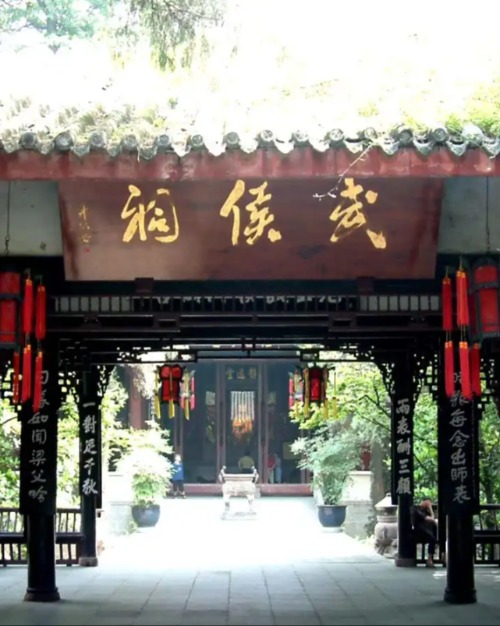
-
It was built by Li Xiong of the Western Jin dynasty in memory of Zhuge Liang, prime minister of the kingdom of Shu. Renovations took place during the Qing dynasty (1644-1911) and the main buildings include Liu Bei Hall and Zhuge Liang Hall.
In the shrine there are 47 historic figures and sculptures of the Shu kingdom, some 40 steel and stone tablets, more than 30 plaques and dozens of ancient tripods, incense burners, bells, drums, and other relics.
This is a popular destination with tourists.
-

-
-
Du Fu Thatched Cottage
-
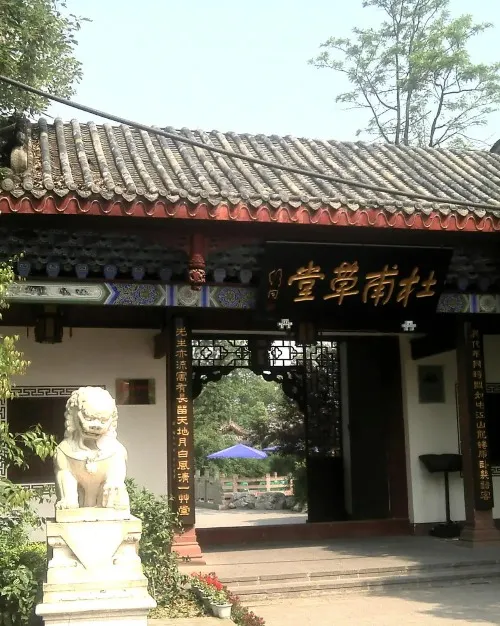
-
The Cottage is located about 5 km (3 miles) west of Tianfu Square, on the western outskirts of Chengdu, adjacent to the Huanhua Xi.
In 1961, the Chinese government established Du Fu Thatched Cottage as a National Heritage site. In 759 Du Fu moved to Chengdu, built a thatched hut near the HUANHUAXI and lived there for four years. The “thatched hut” period was the peak of Du Fu’s creativity. He wrote 240 poems over his lifetime.
About 10-15 minutes by taxi from hotel
-
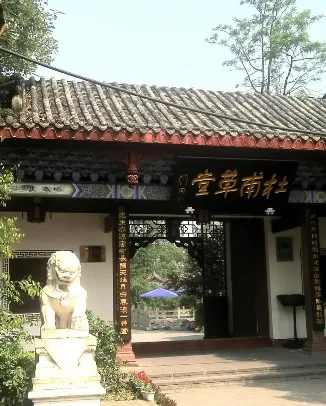
-
-
Jinli
-
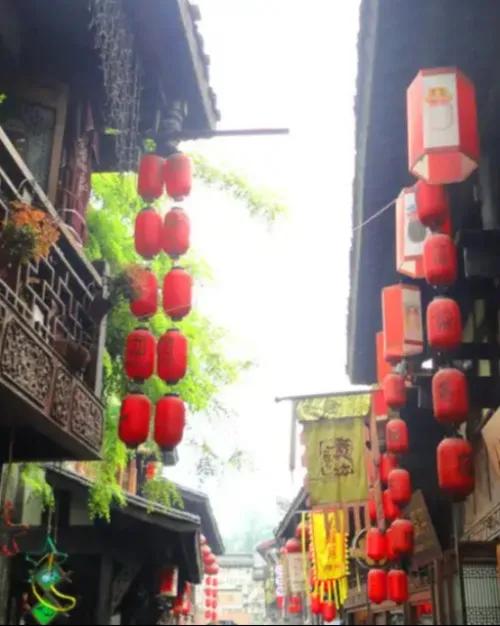
-
Dating back to the Qin dynasty, Jinli Street in Chengdu, Sichuan Province, was in ancient times, one of the busiest of commercial boulevards of the Kingdom of Shu, during the Three Kingdoms period.
Renovation of the street was completed at the end of 2004.Visitors from all over China and abroad come here in this ancient street to take in the surroundings, and taste some of the local specialties.
-

-
-
Chengdu Research Base of Giant Panda Breeding
-
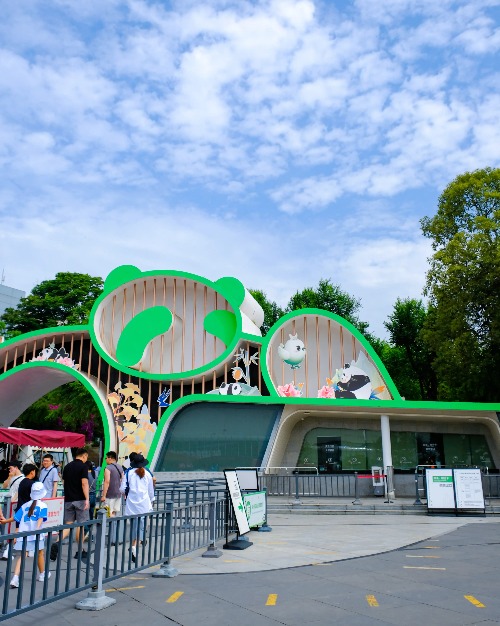
-
As the world's famous giant panda ex-situ conservation base, scientific research, and breeding base, public education base and educational tourism base, the Chengdu Research Base of Giant Panda Breeding in the Chenghua District of Chengdu, and covering an area of about 247 acres, is 10 kms from downtown Chengdu and about 30 kms from Shuangliu International Airport. The facility is famous for the protection and breeding of endangered wild animals that are unique to China, including giant pandas and red pandas. Its beautiful environment of overlapping mountains, clean water, lush trees, and chirping birds make it a pleasure to visit.
-
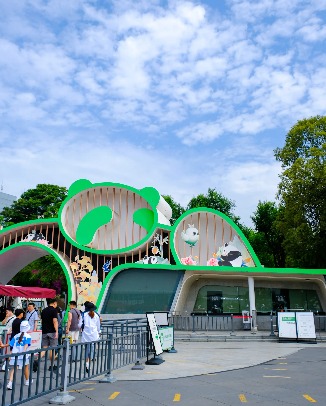
-
-
Leshan Giant Buddha
-

-
Leshan big Buddha head and mountain level, head height 14.7 meters, 10 meters wide, 1051 hair, ear length 7 meters, according to the mountain chisel into the Linjiang danger, God potential solemn, majestic. On the cliffs along the river on both sides of the big Buddha, there are also two statues of the Heavenly King of protecting the Fa, which are more than 16 meters tall. There is a nine-curved ancient trestle road on the right side of the big Buddha, which is the construction and worship mountain road left by the excavation of the big Buddha in the Tang Dynasty. It is cut along the cliff, with nine twists and turns, and it is very steep. After the carving of the big Buddha was completed, it was covered with 7 floors of pavilions (another 9 or 13 floors), which was called Big Buddha Pavilion and big Image Pavilion. But the pavilions have been built and destroyed repeatedly. Leshan Giant Buddha is the crystallization of the wisdom of the ancient Chinese working people and a miracle in the history of world culture.
On August 16, 1956, Leshan Giant Buddha was announced by Sichuan Provincial People's Committee as a cultural relic protection unit in Sichuan Province. On February 23, 1982, Leshan Giant Buddha was announced by The State Council of the People's Republic of China as the second batch of national key cultural relics protection units.
-

-
-
Dujiangyan Irrigation Dam
-
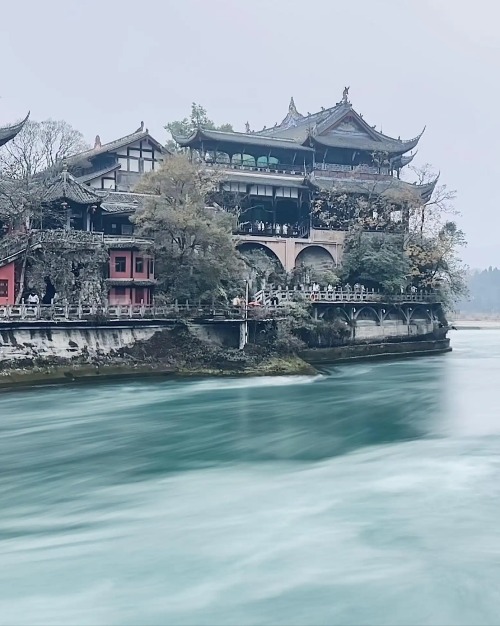
-
In 256 BC, the Dujiangyan Water Conservancy Project, led by Li Bing, governor of Shu County of Qin during the Warring States Period, was located on the Minjiang River west of Dujiangyan City in the western part of Chengdu Plain in Sichuan Province, 56 kilometers away from Chengdu. This large-scale water conservancy project is still in the field of irrigation, is a great water conservancy project for the benefit of the people. It is characterized by a long time and no dam water diversion, and is the originator of the world water conservancy culture. This project is mainly composed of three major parts of the Yuzui water separation embankment, the flying sand dam spillway, Baopingkou water intake and other auxiliary projects, which scientifically solve the problems of automatic river water diversion (Yuzui water separation embankment 46), automatic sand discharge (Yuzui water separation embankment 28), control water flow (Baopingkou and flying sand weir) and so on, and eliminate water problems. In 1998, the irrigated area reached 668,700 hectares, and the irrigated area has reached more than 40 counties. In order to commemorate Li Bing and his son, a temple of Li Bing and his son was built, called the Temple of Two Kings.
In 2018, the Dujiangyan Water Conservancy Project was included in the World Heritage List of irrigation projects.
-
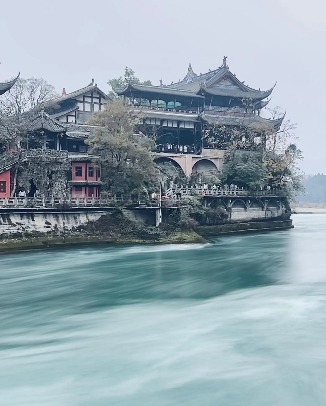
-
























